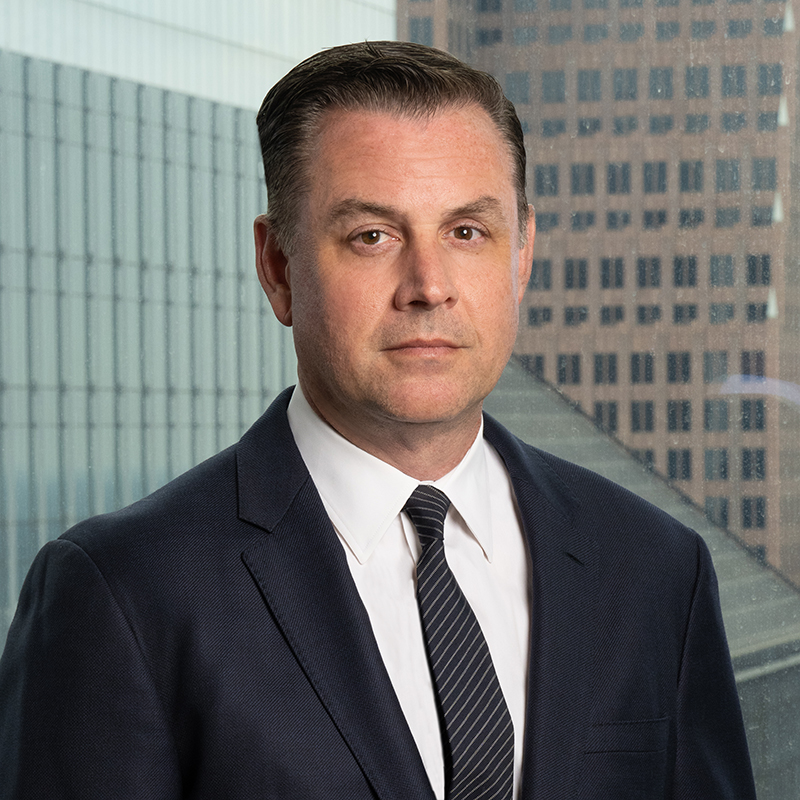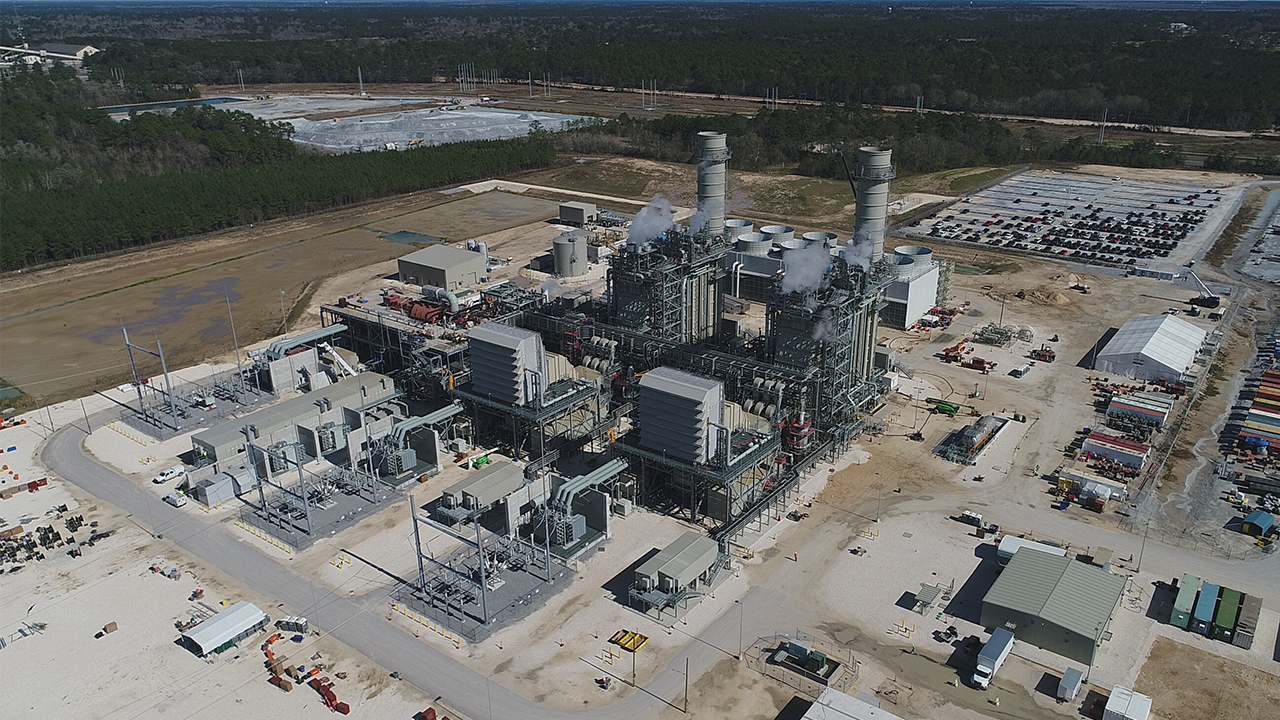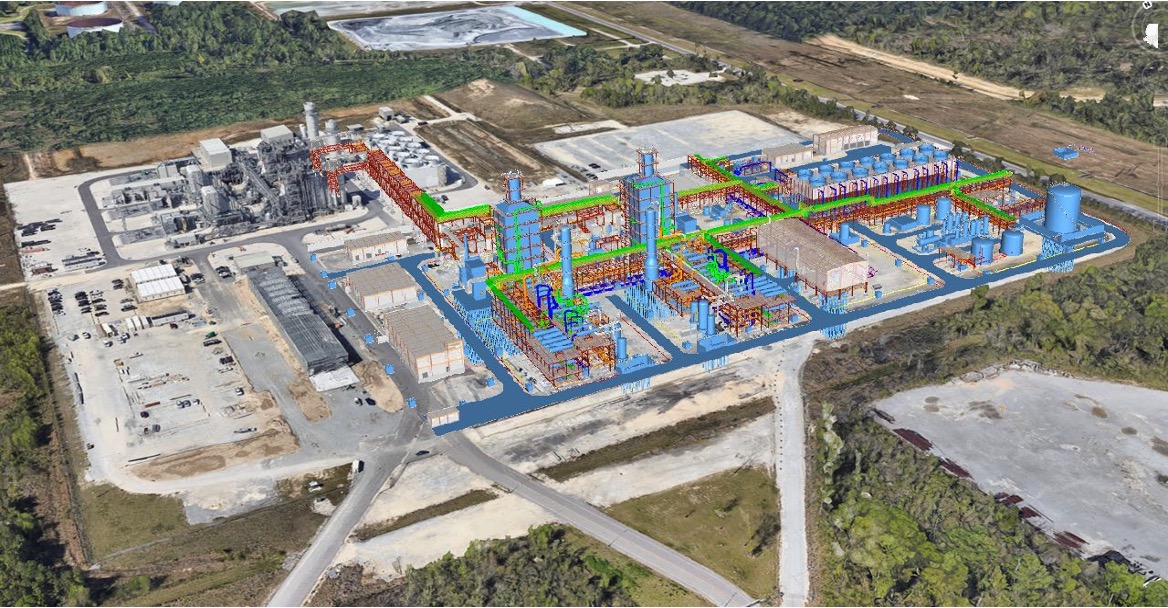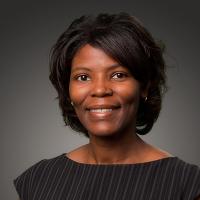Crescent Midstream is known in the oil and gas world for its offshore and onshore pipelines in the Gulf of Mexico and Louisiana, transporting nearly 200 MMbbl of crude oil annually across its 1,200-mile-plus pipeline network.
However, the independent energy company backed by the Carlyle Group private equity firm has sights set on growing in the carbon capture and storage (CCS) market, targeting the power market in the Gulf Coast area.
The Houston-headquartered company was selected by Entergy to develop and build an integrated CCS project at one of its gas-fired plants in Louisiana. The $1 billion-plus project, which includes a CO2 facility at Entergy’s 994-megawatt Lake Charles Power Station and a 30-mile pipeline, is expected to be fully operational by 2029 and capture up to 3 million tonnes of CO2 per year.
Crescent is collaborating with Samsung E&A and Honeywell on the project. By leveraging existing infrastructure where feasible along with pipeline and transportation expertise, midstream oil and gas companies like Crescent are taking on crucial roles in developing CCS projects to help drive down global greenhouse gas emissions.
Analysts say the market is expected to grow this year in the U.S., where the Inflation Reduction Act (IRA) bumped up the 45Q federal tax credit from $50 to $85 per metric ton of captured CO2 stored. If the permitting and regulatory approval processes go smoothly, CCS projects could prove beneficial for hard-to-abate sectors like power, that is expected to experience a boon in demand driven by data centers, the reshoring of manufacturing and the continued electrification drive.
More CCS activity is also anticipated due to new Environmental Protection Agency rules that require existing and new gas-fired plants to reduce emissions, including the use of CCS systems.

—Jerry Ashcroft, CEO, Crescent Midstream
Crescent Midstream CEO Jerry Ashcroft spoke with Velda Addison, senior editor of energy transition, about the changing CCS landscape, carbon-neutral blue electrons and activity in the Gulf Coast region as Big Tech and others seek lower-carbon energy.
Velda Addison, senior editor of the energy transition, Hart Energy: The Gulf Coast appears to be an active spot for CCS projects. What do you think makes this region attractive for CCS development?
Jerry Ashcroft, CEO, Crescent Midstream: The main thing is geology. The Frio and Miocene Formations in the Gulf Coast have tremendous potential for storing large quantities of CO2. The Frio and Miocene are large sand formations that are between 5,000 and 10,000 ft below the surface on the Gulf Coast and filled with saltwater. When CO2 is injected (sequestered) it displaces the saltwater. Over time the CO2 undergoes mineralization and converts to limestone. The Frio and Miocene formations consist of sand formations with high porosity interbedded with shales and clays. These interbedded shales and clays form natural barriers which help keep the injected CO2 contained within the formations that it is pumped into. Thicker sections of these barriers such as the Amphistegina B and the Anahuac shales act as impermeable upper seals for CO2 injection wells, acting as a “cap” that keeps the CO2 in place.
We just have great geology. We have this natural container for CO2 that is well below any potable water sources. Right now, carbon sequestration projects are primarily onshore; in the future, we believe offshore sequestration will play a much larger role.
The other advantage is that we have abundant, low-cost electricity in the United States in the Gulf Coast. We are in close proximity to multiple natural gas supply hubs. So, when you look at it from that standpoint, this is the ideal area for these projects because we struggle from a social economic standpoint in Mississippi, in Louisiana, parts of Texas, and that’s where these data centers are going. You’re talking about thousands of construction-related jobs and hundreds of permanent jobs in economically challenged areas.
VA: Can you tell me more about the project that Crescent is working on with Entergy? What’s on tap for 2025 as far as targeted milestones?
JA: We first went through a feasibility study with Entergy. Entergy owns and operates Lake Charles Power Station. It is a combined cycle gas turbine location. So, it’s basically two jet engines laid on their sides that burn natural gas and create electricity. Right now, their emissions come from what we see as flue stacks.… We’re going to pull all of those [CO2] emissions out of our flue stacks and wash them through a Honeywell technology. It washes that CO2 out. Then, we’re able to take that CO2 gas and compress it into a liquid. It’s about 1,200 pounds of pressure to do that.… We’ll then ship it on a pipeline as a liquid to a sequestration or storage site that we talked about earlier and inject it 10,000 ft below the Earth’s surface.
Doing this allows you to receive $85 from the U.S. government for every ton you store, and we’ll be storing about 3 million tons a year at this facility. The electrons from the power plant are sold into the market and are carbon neutral. So, that’s our project. We are now doing detailed engineering and that will take most of 2025. We’ll also be working on commercial agreements. At the same time, we are actively bidding on three more Entergy power plants.
You’re probably looking at 10 to 15 more, whether it’s Entergy or other power generators looking to meet aggressive emissions goals. They’re basically in the Gulf Coast. You’ll see a sprinkling in Texas, a sprinkling in Louisiana, some in Mississippi and we’re even bidding on projects in Arkansas.

VA: Do you anticipate the projects being economic without the $85 tax credit?
JA: It would be very challenged without the $85 the IRA provides. Right now, we need $85 to make these projects work. Would there be a conversation without them? I don’t know the margins Meta and Google are getting on AI. That’s hard for me to understand. What is the elasticity of what they’re willing to pay for carbon neutral electrons? That becomes the question. But from our current vantage point, we absolutely need the $85.
VA: If you could tweak anything in the IRA, what would it be?
JA: I think the thing that I would probably tweak in the IRA regulations would be related to receiving cash flows on a timely basis. The IRA regulations have a mechanism for direct payment; however, those payments aren’t on a timely basis. It’s like when you and I file our taxes. You have to do a whole year of work, then file your taxes and then someone reviews it and hopefully sends you a check. That typically takes 18 months from when the year started. If you think about these projects and their $85 credits, you must go through a whole year of operation with no cash flow, and then possibly another six months or longer after that has ended to receive the revenue stream. So, during that first 18 months or two years, I wish there was a mechanism for the government to help you obtain cash flow more quickly.
VA: The environmental benefits of CCS are quite obvious, but what about the economic value of CCS? How do you all make money, and how do you see that changing in the future?
JA: When you’re looking at private equity returns, you’re trying to achieve mid-teen returns. It’s challenging for these projects to provide returns at that level, especially the first project. What we hope to do is basically create a portfolio of these projects. We feel like the first one will be expensive because of the learning curve. But once we figure out the learning curve, once we’re able to buy more in mass versus “I’m just buying this one pump for this project,” the returns will improve. It’s just like when you run a fleet of vehicles. If you can buy 10 vehicles, you get different pricing than if you buy one vehicle. So, we see that now there’s this line of sight for multiple power plants and even though our first project doesn’t have normal returns, that a portfolio of projects would.
VA: What are your thoughts on a carbon tax to help promote adoption of CCS nationwide and the likelihood of that happening?
JA: I just feel as though it’s kind of against our culture in the U.S. It’s a whole Boston Tea Party mentality. I’m not sure we’ve changed that much. I personally believe the carrot is working. It’s just taking us all a lot longer to figure out how to become efficient enough at those levels. When they changed [the tax credit] from $50 to $85; at $50, it was only the ethanol and ammonia projects that worked; at $85, people are looking at cement plants, people are looking at pulp mills, paper mills and power plants. So, we’re on the verge. I just believe that’s a better method from a capitalism standpoint.… We react a little bit better to the carrot versus the stick.
VA: What about products that utilize CO2? Do you see a future in carbon utilization for products?
JA: I absolutely see that. Where we are today, sequestration is the answer. If you think about what we’re doing, all of the technologies we’re using have been around for 50, 60, 70 years. Amine units to take CO2 out of the air are nothing new and that’s what we’re using. And putting molecules in the ground to stay like we do with natural gas caverns along with our ability to do upstream work and well work, we’re not coming out with anything new. To me, that’s the field that we’re going to play on. I like where you’re going, and what people are starting to talk about.
We’re studying in the lab how you can make graphite out of CO2 or we can make these building products more rigid with CO2. It’s just not to the scale. If you’ve got 3 million tons pouring off of a power plant, we have to do what we know. But I do believe in the future. Once you have this source and it’s a pure source, people will tap into that source and use it for X, Y or Z.

VA: How do you see Crescent Midstream evolving over the next four years or so?
JA: We currently move about 25% of the Gulf of Mexico’s oil on our systems. Carlyle came to us and challenged us with becoming carbon neutral. In 2023, we became carbon neutral and then we said, we want to become carbon negative. So, we looked at these CCS projects and we found a way to do that. I see where we have created a really wonderful journey that I hope others copy. We’re using our base foundation in fossil fuels and our generation of cash flow from fossil fuels to then invest into carbon neutrality and now going carbon negative.
As a business, we’re probably one of the smaller players that you’re watching evolve. In four years, I see where CCS will be a larger portion of our business than moving crude oil in the Gulf of Mexico. There’s no cash flow from it now. In four years, I hope to be cash flowing, and I hope that it’s greater than 50% of my cash flow by then.
Recommended Reading
BYOP (Bring Your Own Power): The Great AI Race for Electrons
2025-01-06 - Data-center developers, scrambling to secure 24/7 power, are calling on U.S. producers to meet demand as natgas offers the quickest way to get more electrons into the taps.
Small Steps: The Continuous Journey of Drilling Automation
2024-12-26 - Incremental improvements in drilling technology lead to significant advancements.
Aris CEO Brock Foresees Consolidation as Need for Water Management Grows
2025-02-14 - As E&Ps get more efficient and operators drill longer laterals, the sheer amount of produced water continues to grow. Aris Water Solutions CEO Amanda Brock says consolidation is likely to handle the needed infrastructure expansions.
Halliburton, Sekal Partner on World’s First Automated On-Bottom Drilling System
2025-02-26 - Halliburton Co. and Sekal AS delivered the well for Equinor on the Norwegian Continental Shelf.
E&P Highlights: March 3, 2025
2025-03-03 - Here’s a roundup of the latest E&P headlines, from planned Kolibri wells in Oklahoma to a discovery in the Barents Sea.
Comments
Add new comment
This conversation is moderated according to Hart Energy community rules. Please read the rules before joining the discussion. If you’re experiencing any technical problems, please contact our customer care team.






